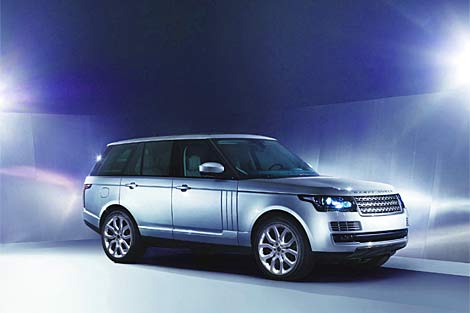Regenerative braking captures energy during braking which would otherwise be wasted, so that it can be reused later. This reduces overall energy usage.
A moving object like a car has kinetic energy propotional to its mass and the square of its speed. Power from the engine accelerates the car and generates this kinetic energy. Braking systems slow a car by converting that kinetic energy into heat energy in the brake discs and pads (or drums and shoes). This heat is lost to the atmosphere. So whenever the brakes are used, energy which has been generated by burning fuel is lost.
Regenerative braking aims to convert some of the kinetic energy into a form which can later be re-used to propel the vehicle.
In electric and hybrid vehicles, the electric motors operate as generators during braking. This provides some mechanical resistance which assists in slowing the car, and at the same time generates electricity which may be used to charge the vehicle's traction battery, or it may be stored in a bank of capacitors or a high-velocity flywheel (like the Williams system used by Porsche).
Regenerative braking is used in Formula 1 cars as part of the Kinetic Engergy Recovery System (KERS).



